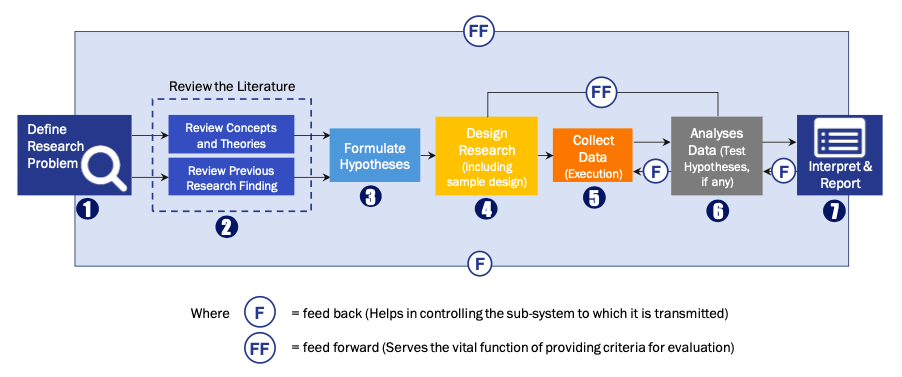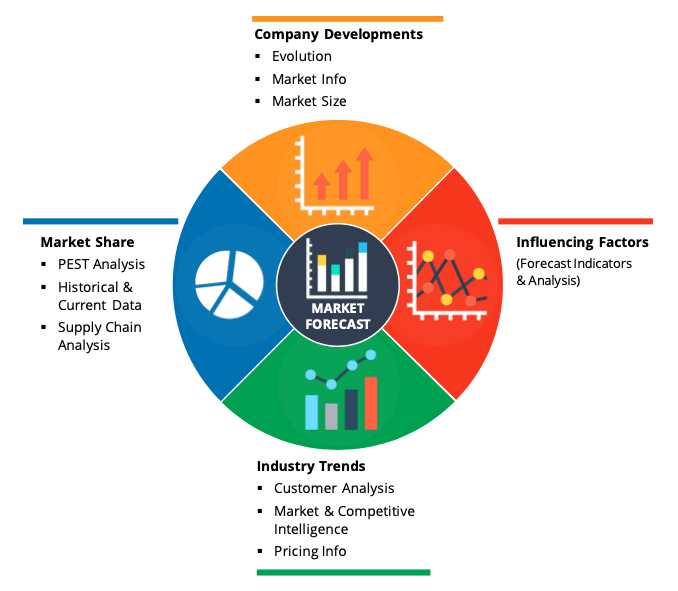Market OverviewLung cancer, second most common type of the cancer in both women and men, with almost 13% of all new cancers anticipated to be the cases of lung cancer. According to American Cancer Society (ACS), the rate of lung cancer is high in the U.S., resulting in the deaths of over 142,000 people in 2019. The market has been driven by growing cancer research and rapid growth in the occurrence of lung cancer, which has led government to fund the cancer research. The rising government support to the lung cancer research, and rising private investment in the industry, is likely to be the major driver for the global lung cancer market during the forecast period.
In Feb 2019, the technology that could power the new biosensor was presented by the researchers at University of Exeter. This biosensor were expected to help detect the lung cancer at an earlier stage, considerably improving the chances of survival. The biosensor is created on graphene and has the capacity to sense small molecules of the common lung cancer biomarkers, permitting it to detect the existence of cancerous tumours at lower concentration of the biomarkers, thus at an quite earlier stage of the disease. Developing and improving technology allowing early-stage analysis is likely to be a successful avenue for major players in the market during the forecast period.
Segment OverviewBased on type the global lung cancer market has been segmented as small cell lung cancer and non-small cell lung cancer. NSCLC more common than the small cell lung cancer and are expected to have higher prevalence figures. On the basis of treatment, the market is segmented into surgery, chemotherapy, photodynamic therapy (PDT), radiotherapy, and laser therapy. By end use, the market comprises cancer research centres, hospitals & clinics, and laboratories.
Regional OverviewThe global lung cancer market is segmented as North America, Europe, Asia Pacific, and the Latin America and Middle East and Africa (LAMEA) on the basis of region.
North America is expected to remain the key regional player in the global market over the forecast period owing to the presence of advanced healthcare sector and high disposable income of the consumers in the region.
On the other hand, Europe commanded the second largest share in the global market. The two regional segments are expected to remain the foremost players in the global market, as the lung cancer study facilities in the regions are of highest standards and home to a teeming research environment.
Competitor overviewThe market is consolidated and almost all the major players are operating in the market. Hence the market is highly competitive and players are investing on new and enhanced product development to treat the diseases.
For instance; in 2016, Novartis AG's drug for cancer got FDA’s principal bio similar confirmation. Federal regulators permitted the first of the bio similar drug to be sold in the U.S. under a platform intended to branch new market of lower-cost alternatives to some of the expensive treatments in healthcare. The approval of biosimilars is expected to help many patients who need such treatments.
Moreover, in August 2016, FDA approved Pfizer’s TROXYCA ER extended-release capsules CII for the pain management. The drug was used for abuse-deterrent properties for management of pain and helped the company to improve its sales and goodwill with this new product. In Feb 2015, F. Hoffmann-La Roche Ltd attained Signature Diagnostics AG (Signature), a privately held drug manufacturing company based in Potsdam, Germany.
Key Players
- F. Hoffman-La Roche
- Pfizer Inc.
- Bristol-Myers Squibb Company
- Sanofi
- Eli Lilly and Company
- Merck & Co. Inc.
- Novartis.
- Bayer AG
- Daiichi Sankyo Co., Ltd.
Market Segmentation
By Type
- Small Cell Lung Cancer (SCLC)
- Non-Small Cell Lung Cancer (NSCLC)
By Treatment
- Surgery
- Chemotherapy
- Radiotherapy
- Laser Therapy
- Photodynamic Therapy
By Application
- Hospitals and Clinics
- Cancer Research Centre
- Laboratories
By Geography
- North America
- Europe
- UK
- Germany
- France
- Italy
- Spain
- Rest of Europe
- Asia-Pacific
- Japan
- China
- India
- Australia
- South Korea
- Rest of Asia-Pacific
- LAMEA
- Brazil
- Saudi Arabia
- UAE
- Rest of LAMEA
Research Process
Data Library Research are conducted by industry experts who offer insight on
industry structure, market segmentations technology assessment and competitive landscape (CL), and penetration, as well as on emerging trends. Their analysis is based on primary interviews (~ 80%) and secondary research (~ 20%) as well as years of professional expertise in their respective industries. Adding to this, by analysing historical trends and current market positions, our analysts predict where the market will be headed for the next five years. Furthermore, the varying trends of segment & categories geographically presented are also studied and the estimated based on the primary & secondary research.
In this particular report from the supply side Data Library Research has conducted primary surveys (interviews) with the key level executives (VP, CEO’s, Marketing Director, Business Development Manager
and SOFT) of the companies that active & prominent as well as the midsized organization
FIGURE 1: DLR RESEARH PROCESS

Primary Research
Extensive primary research was conducted to gain a deeper insight of the market and industry performance. The analysis is based on both primary and secondary research as well as years of professional expertise in the respective industries.
In addition to analysing current and historical trends, our analysts predict where the market is headed over the next five years.
It varies by segment for these categories geographically presented in the list of market tables. Speaking about this particular report we have conducted primary surveys (interviews) with the key level executives (VP, CEO’s, Marketing Director, Business Development Manager and many more) of the major players active in the market.
Secondary Research
Secondary research was mainly used to collect and identify information useful for the extensive, technical, market-oriented, and Friend’s study of the Global Extra Neutral Alcohol. It was also used to obtain key information about major players, market classification and segmentation according to the industry trends, geographical markets, and developments related to the market and technology perspectives. For this study, analysts have gathered information from various credible sources, such as annual reports, sec filings, journals, white papers, SOFT presentations, and company web sites.
Market Size Estimation
Both, top-down and bottom-up approaches were used to estimate and validate the size of the Global market and to estimate the size of various other dependent submarkets in the overall Extra Neutral Alcohol. The key players in the market were identified through secondary research and their market contributions in the respective geographies were determined through primary and secondary research.
Forecast Model


